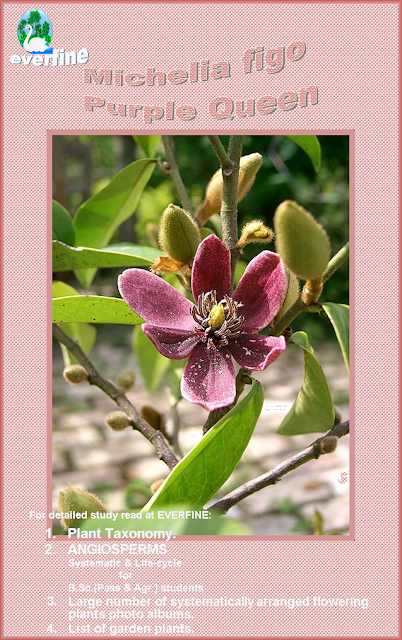The Magnoliaceae, or Magnolia Family, is a flowering plant family in the order Magnoliales. It consists of two subfamilies:
- Magnolioideae, of which Magnolia is the most well-known genus.
- Liriodendroidae, a monogeneric subfamily, of which Liriodendron (Tulip trees) is the only genus.
Unlike most angiosperms, whose flower parts are in rings, the Magnoliaceae have their stamens and pistils in spirals on a conical receptacle. This arrangement is found in some fossil plants and is believed to be a basal or early condition for angiosperms. The flowers also have parts not distinctly differentiated into sepals and petals, while angiosperms that evolved later tend to have distinctly differentiated sepals and petals. The poorly differentiated perianth parts that occupy both positions are known as tepals.
The family has approximately 225 species in 7 genera, although some classification systems include all of subfamily Magnoioideae in genus Magnolia. The family ranges across eastern North America, Mexico and Central America, the West Indies, tropical South America, southern and eastern India, Sri Lanka, Indochina, Malesia, China, Japan, and Korea.
For detailed study visit :Angiosperms







